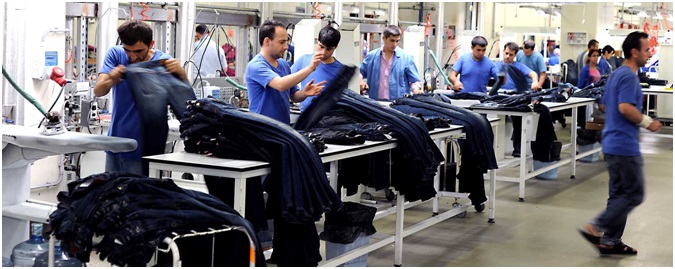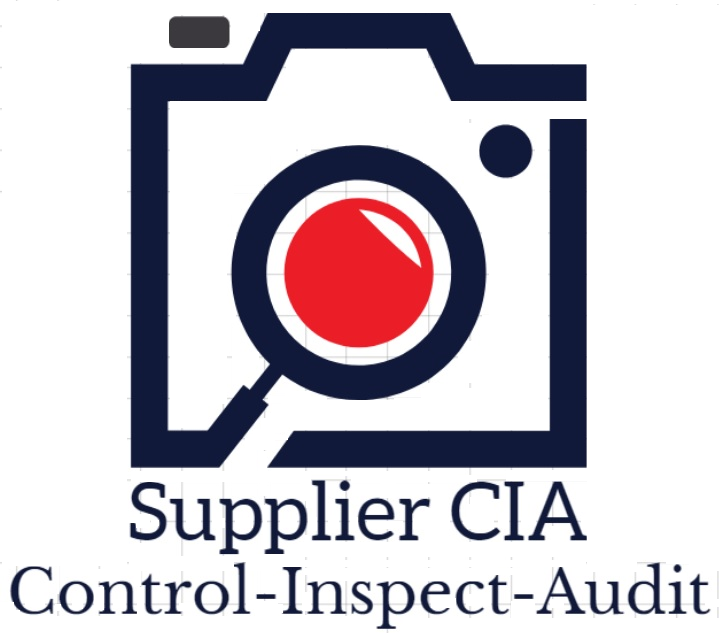Why Textile/garment industry is different?

The textile industry is different on many aspects for importers/buyers:
1. Larger manufacturers don’t offer better quality
A larger manufacturer tends to be better organized and more reliable. But that’s generally speaking, for most product lines.
Importers are probably better off avoiding very small workshops (up to 50 workers) in general, whatever they buy. Those suppliers have a few old machines and low-paid staff, and nonexistent quality control. Bigger is usually better, however more expensive.
If you purchase garments/textiles, you will probably be happier with around 200-operators workshop (which seems like the ideal size to me) than by a 5,000-workers plant.
2. It’s better to let the factory develop the products
When you purchase garments from Turkey, you are advised to let the manufacturer handle the development of samples. They often have a dedicated “sample room” for that.
If you send them paper patterns and detailed methods, they will just modify it without telling you (which is much worse than submitting samples that were made the way they like, because then you can reject them until the result is fine).
There is no mold or special tooling. The worst, if you switch to another manufacturer, is that they might not find the exact same fabrics or accessories as the previous supplier.
3. It takes time to fully understand all production risks
Most consumer goods are produced based on simple processes. It does not take years to understand how plastic mold injection, or aluminum die casting, works. If you have a logical mind, it is possible to make a list of all the factors that impact the final product, to make a few tests, and to compare the results. This is not true of textile products. If you don’t have deep industry experience, you will always miss on something.
It takes 6 months (full time, every day) to train a suitable textile inspector, and 5 years in the lines to get a good production supervisor. No shortcut.
4. Many importers buy the materials & accessories themselves
A certain number of large and/or upscale companies purchase the production inputs themselves, and choose a factory to do the cutting and the sewing. It’s called CMT, and it probably accounts for 10-20% of the total volume of apparel exported from Turkey.
There is rarely other industry where this is true. It is not widespread across many product lines.
The point is: production is complex and it’s easy to mess up. The purchaser should try to keep it under control as much as possible. Making sure the fabric is fine is a good first step.

